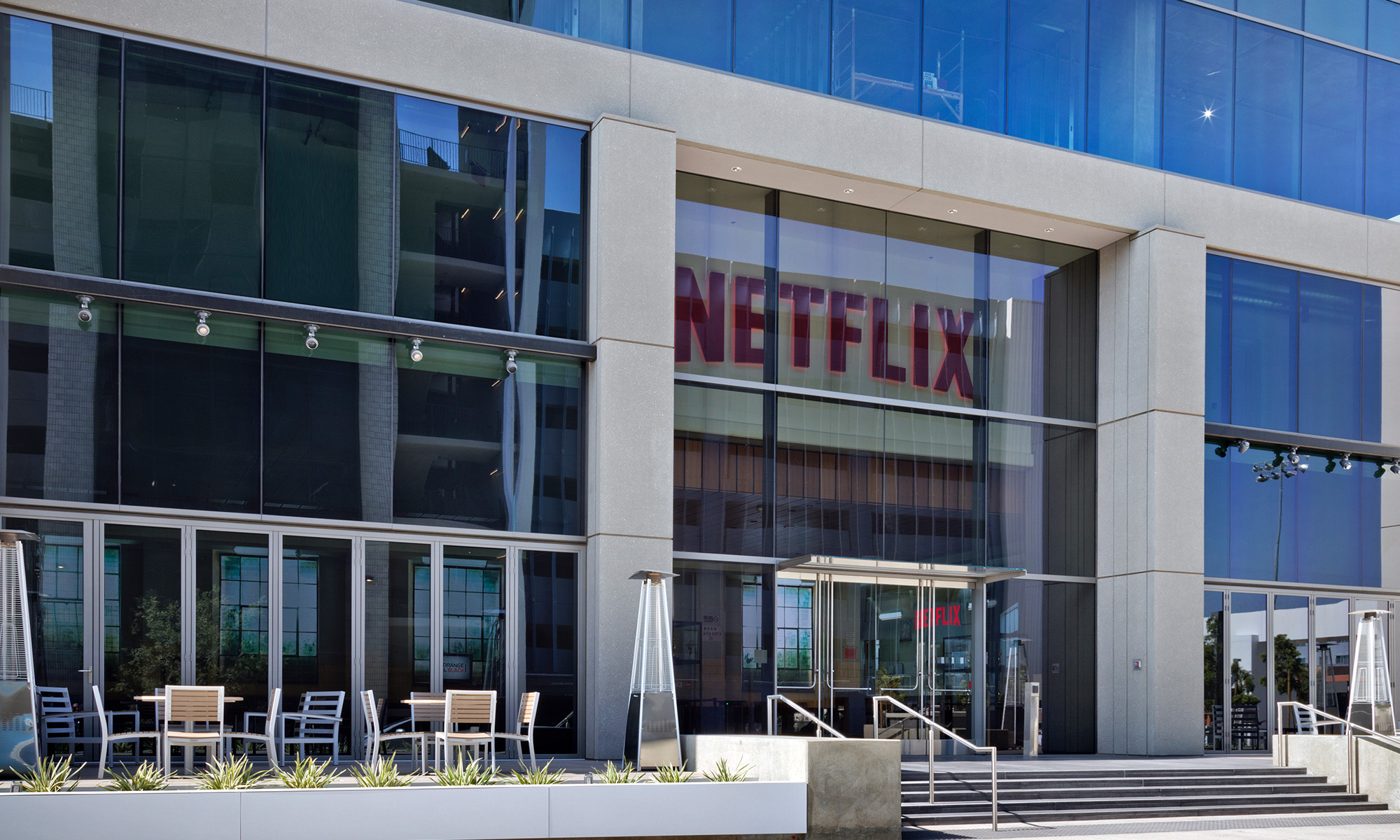Streaming pioneer Netflix, Inc. (NFLX 3.98%) has been notoriously tight-lipped about the viewer numbers for its programming. The company knows extremely specific details about the consumption habits of its subscribers, but since it isn't beholden to advertisers, Netflix gains a competitive advantage by keeping the results of its content close to the vest.
That hasn't stopped any number of players from attempting to crack the code. Television ratings company Nielsen (NLSN +0.00%) announced in October that it had been collecting Netflix data over the previous two months and would begin sharing those results.
Netflix recently released Bright, the David Ayer-directed movie that stars Will Smith. The film, which was part dystopian fantasy and part buddy/cop-movie, cost the company an estimated $90 million to make. Nielsen data shows that if it had been released in theaters, Bright would have been a blockbuster.

An analysis of available data shows that Bright would have been a box office hit. Image source: Netflix.
Fun with math
Bright was watched by 11 million U.S television viewers during the first three days following the programs' release, according to Nielsen. The scope of those numbers is big, but requires some perspective. The average movie ticket price for 2017 was $8.93, according to Box Office Mojo. Multiplying that by 11 million viewers would have resulted in a box office take of over $98 million for its opening weekend. Here's a list of the top 10 grossing opening weekend box office hits of the year:
|
Movie |
Opening Weekend Box Office (U.S.) |
|---|---|
|
Star Wars: The Last Jedi |
$220 million |
|
Beauty and the Beast |
$175 million |
|
Guardians of the Galaxy Vol. 2 |
$147 million |
|
It |
$123 million |
|
Thor: Ragnarok |
$123 million |
|
Spider-Man: Homecoming |
$117 million |
|
Wonder Woman |
$103 million |
|
The Fate of the Furious |
$99 million |
|
Justice League |
$94 million |
|
Logan |
$88 million |
Data source: Box Office Mojo. Table by author.
Using this as a measure, Bright would have ranked above Justice League and below The Fate of the Furious in terms of ticket sales.
Certain limitations
There are some obvious flaws with an analysis of this type. Viewers might be much more inclined to sit on their couch and watch a movie available on streaming than to shell out for a theater ticket and concessions. Additionally, Netflix has previously scoffed at Nielsen's numbers, saying that they vastly underestimate the total audience.
The ratings company reported late last year that the first episode of Netflix series Stranger Things 2 had garnered 15.8 million views in its first three days of release. This would put the program on par with megahits like The Walking Dead, which boasted 15 million viewers for its eighth season premiere.
Netflix responded, "Their math might be from the upside down," referring to Stranger Things' alternate dimension. "Nielsen only measures a fraction of our members' viewing."
Netflix demands a recount
I purposely focused on the U.S. box office opening weekends because Nielsen only collects data from viewers in the U.S. More than half of Netflix viewers come from international markets. Additionally, Nielsen draws data from its television panel, which excludes those who watch on a smartphone, tablet, or laptop. Netflix recently revealed that 67% of its members watched the streaming service outside of their home. This means that Nielsen could be counting as few as a third of Netflix U.S. streaming members.
Netflix isn't the only one saying that Nielsen's numbers are suspect. Last year, Nielsen received a letter from Linda Yaccarino, head of advertising sales and client partnerships at NBCUniversal, a division of Comcast Corporation (CMCSA +1.93%). The missive stated, "Some say, 'something is better than nothing.' We disagree. Bad, inaccurate, and misleading data is far worse than no data at all."
It's all about perspective
The company's lack of advertising means Netflix doesn't have to release its viewership numbers. Netflix has more than 100 million subscribers worldwide and more than half of those are international members.
Nielsen's numbers, though they are likely flawed, estimate that more than 20% of Netflix's 50 million U.S. subscribers watched Bright on a TV during the three days following its release. This doesn't even account for those who may have viewed on a mobile device, or any of its international subscribers who outnumber the domestic customers.
If those numbers are even close to reality, Netflix got its money's worth.







